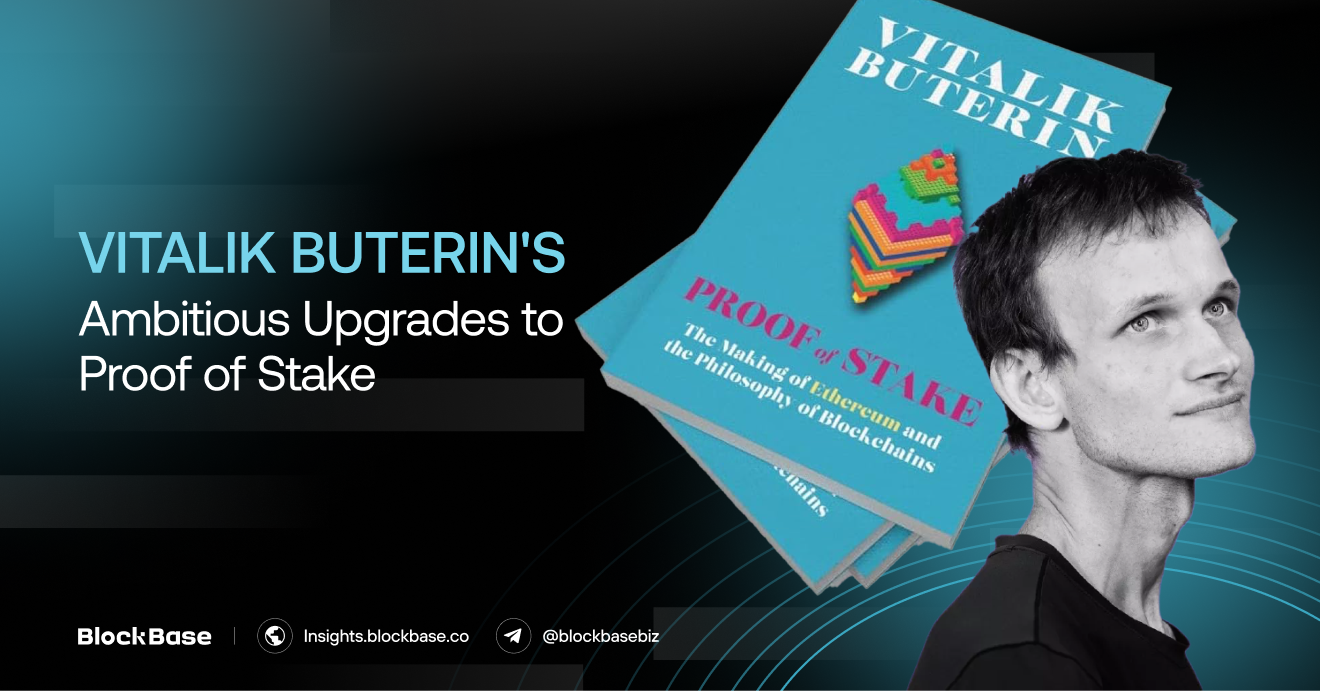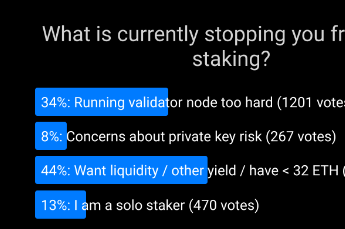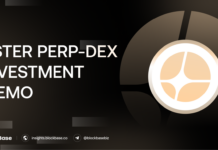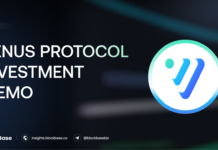Ethereum, one of the leading blockchain platforms, has undergone significant transformations since its inception. The most notable change is its transition from the energy-intensive PoW to the more efficient PoS mechanism, culminating in an event known as “The Merge”. Vitalik Buterin has recently outlined ambitious plans for further enhancements to the PoS system. These improvements aim to boost transaction speed, accessibility, and decentralization within the network. This article delves into Buterin’s proposals and their potential impact on Ethereum’s future.

1. The Current State of Ethereum’s Proof of Stake
Overview of The MergeThe Merge marked a pivotal moment in Ethereum’s evolution, successfully transitioning the network to PoS on September 15, 2022. This shift not only reduced energy consumption by approximately 99.95% but also enhanced transaction stability and security. However, despite these advancements, Buterin believes there is still room for improvement within the PoS framework to make Ethereum more efficient and accessible
Key Features of PoS:
- Energy Efficiency: The transition to PoS has made Ethereum significantly more sustainable compared to its previous PoW model.
- Transaction Finality: Currently, achieving transaction finality takes about 15 minutes; Buterin aims to reduce this time to just 12 seconds.
- Decentralization: By lowering the barrier for staking from 32 ETH to just 1 ETH, Buterin seeks to democratize participation in network validation.
2. Proposed Enhancements for Speed and Accessibility
2.1. Single-Slot Finality
One of the primary goals Buterin emphasizes is achieving single-slot finality. This change would allow transactions to be confirmed almost instantly, drastically improving user experience and making Ethereum more competitive against other blockchain platforms that already offer faster transaction times.
2.2. Democratizing Staking
Currently, a user must stake a minimum of 32 ETH (approximately $50,000) to become a validator. By reducing this requirement to just 1 ETH, Buterin aims to encourage broader participation from individual users and smaller investors. This move is expected to enhance decentralization by distributing power more evenly across a larger number of validators.
3. Addressing Challenges in Implementation
Balancing Speed and Network LoadWhile the proposed enhancements promise significant benefits, they also present challenges. Increasing transaction speed and lowering staking requirements could place additional strain on network nodes. To mitigate this risk, Buterin has proposed several innovative solutions:
- Advanced Signature Aggregation: Utilizing cryptographic techniques like ZK-SNARKs can help process large volumes of signatures efficiently.
- Orbit Committees: Instead of requiring all validators to participate in every transaction confirmation, randomly selected committees can handle these tasks, thus reducing the load on individual nodes while maintaining security.

- Two-Tier Staking Model: This approach divides validators into two groups based on their staked amounts—those with higher stakes would focus on securing the network while those with lower stakes could participate in simpler tasks like monitoring.
4. Broader Implications for Ethereum’s Ecosystem
- Enhanced User Experience: The improvements proposed by Buterin are set to create a more seamless experience for users interacting with Ethereum’s ecosystem. Faster transaction times will not only enhance usability but also attract developers looking for reliable platforms for their decentralized applications (dApps) and services.
- Strengthening Decentralization and Security: By making staking accessible to a broader audience, Ethereum can mitigate risks associated with centralization—where a small group controls significant portions of the network. This democratization will lead to a healthier ecosystem where power is distributed among many participants, ultimately strengthening network security against potential attacks.
5. Conclusion
Vitalik Buterin’s vision for enhancing Ethereum’s Proof of Stake mechanism represents a bold step towards achieving greater speed, accessibility, and decentralization within the network. As these proposals are implemented, they have the potential not only to improve user experience but also to solidify Ethereum’s position as a leading blockchain platform in an increasingly competitive landscape. If successful, these changes could redefine how users interact with decentralized technologies and pave the way for a more inclusive blockchain ecosystem.
The information provided in this article is for reference only and should not be taken as investment advice. All investment decisions should be based on thorough research and personal evaluation.







